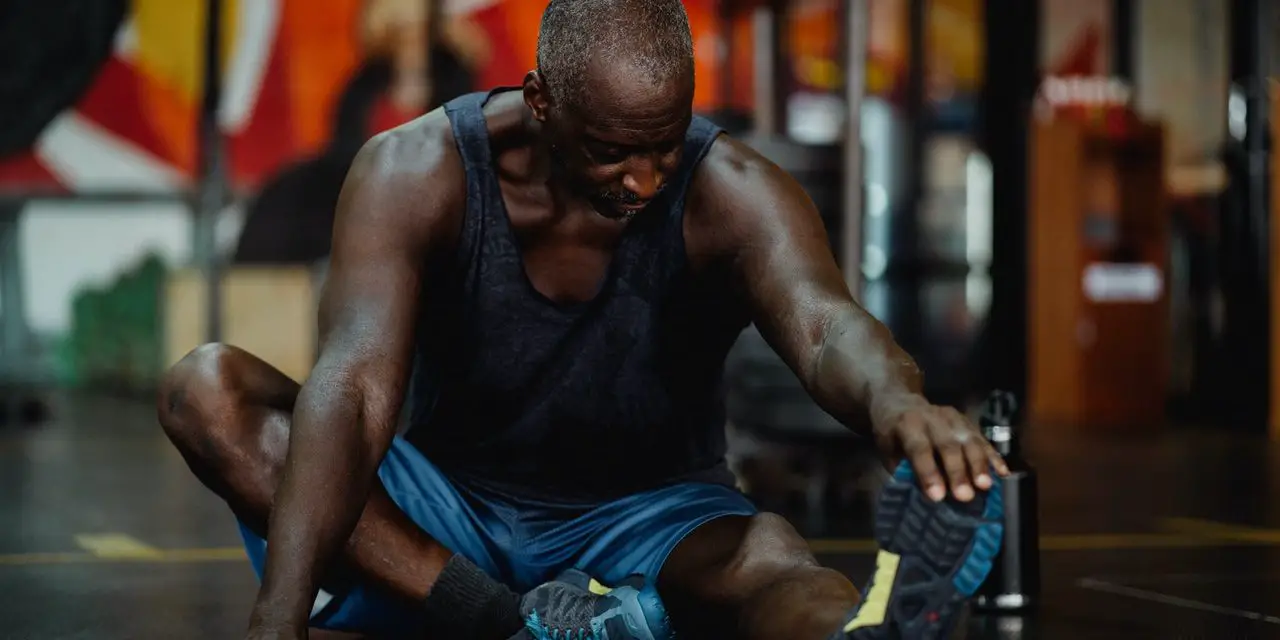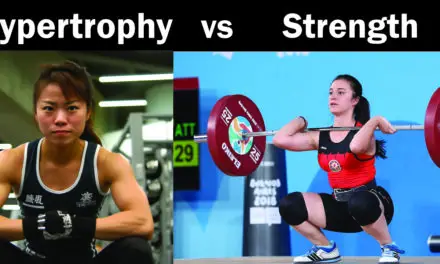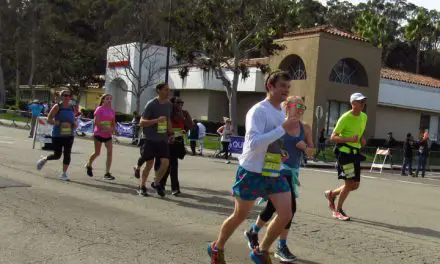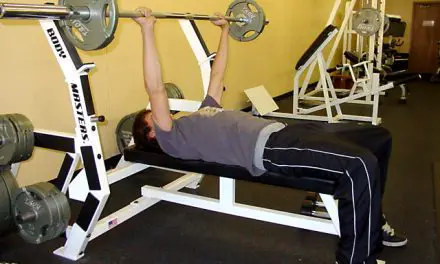Within the realm of stretching, there are several different ways people can take. One type of stretching is ballistic stretching, which uses the momentum of a moving body part or limb to extend it beyond your typical range of motion. This form of stretching uses stretched muscles in a spring-like manner to boost a person into their next stretch.
Although I’ve played sports since the age of five, I’ve never come across a coach, trainer, or physical therapist that has referenced ballistic stretching. Dynamic stretching has always been required prior to working out or competing. I even had a coach who would make us jog half a mile before doing dynamic stretching because, “there is no point in stretching a cold muscle.”
After doing some research, I realized that I had my first real experience with ballistic stretching two months ago. That begs the question, “Should you use ballistic stretching?”
What is ballistic stretching supposed to do?
Ballistic stretching uses rapid movements and momentum to stretch a muscle past its normal range of motion. After reviewing different blogs and coaching websites, it seems that most coaches and trainers would not recommend this form of stretching to the average person.
Some trainers recommend ballistic stretching to athletes who participate in sports that often push their range-of-motion past what is considered “normal”, like martial arts or dance.
However, the common consensus is still that ballistic stretching is not the most effective and not the safest form of stretching.
Although coaches and trainers say one thing, what does the research say?
One study compared the different effects of static stretching and ballistic stretching in college students around the age of 22. The goal was to see how the two forms of stretching affect the strength and power of the students. Prior to the assessment, all participants were screened and deemed “healthy” meaning they had no prior lower extremity injuries.
The “control” for the study was people who did not stretch prior to the tests. The study found that both ballistic and static stretching had an adverse effect on power as compared with the control. The control was able to produce more power than any participant who used either stretch in respect to their gender.
The study also found that there was no difference in quadricep and hamstring torque between participants who used static and ballistic stretching. In short: ballistic stretching was just as effective as static stretching.
Another study looked at how ballistic stretching affects muscle and tendon structure. The study compared 48 police cadets that were assigned to either the ballistic stretching group or the control group. The ballistic stretching group took a training program five days a week for six weeks before entering the police academy.
The study found that torque and muscle stiffness were unaffected between the control and ballistic stretching groups. There was a difference in the dorsiflexion range-of-motion measurements. That means that participants who were a part of the ballistic stretching group saw a significant increase in the range of motion of their ankles and wrists.
One bias this study may have is that the police cadets were already considered above-average in terms of physical ability. This would allow them to perform better than the average person during the study.
A 2018 systematic review also focused on dorsiflexion in the ankles. The study used randomized clinical trials and controlled clinical trials to compare the effects of static stretching, ballistic stretching, and PNF stretching. The search yielded 429 articles and 20 of those articles were used. The researchers found that all three types of stretching increased dorsiflexion range of motion when compared to a control group, but that ballistic stretching had the least effect.
The first two studies gave very similar outcomes in terms of torque output. Both studies found that ballistic stretching did not increase torque output when compared to other forms of stretching like static stretching, or not stretching at all. However, the second study did find evidence that supports what every blog said, ballistic stretching can help to increase range of motion.
But one study rarely gives an accurate view of a topic. Looking at the bigger picture, the systematic review showed that although ballistic stretching does increase range of motion, it’s not the most effective form of stretching.
What is the difference between ballistic and dynamic stretching?
Have you ever heard the phrase, “A square is a rectangle, but a rectangle isn’t a square?” The same can be said for dynamic and ballistic stretching. Ballistic stretching is a subcategory of dynamic stretching.
Dynamic stretching also has a second subcategory called active stretching. Active stretching is more commonly used, especially among athletes and is often found to be safer than ballistic stretching because it avoids sudden — possibly dangerous — movements.
However, you may have done ballistic stretching and not even have known it. One common ballistic stretch is the “butterfly stretch”. Oftentimes, coaches and trainers will sprinkle in small amounts of ballistic stretching into a dynamic stretching routine.
Can ballistic stretching be dangerous and should you do it?
The talk surrounding ballistic stretching seems to all follow the same path: ballistic stretching is not the safest form of stretching.
Laura Williams, a certified exercise physiologist, deterred the average person from participating in ballistic stretching having said, “…there are few significant benefits (compared to other forms of stretching), and a greater comparative risk of muscle pulls or tears due to the ballistic nature of the method. It should rarely (if ever) be included in a standard stretching routine.”
When it comes to whether or not you should participate in ballistic stretching, there are a few questions you can ask yourself:
- Do I consider myself to be an athlete?
- Do I need to stretch past my normal range of motion?
- Why do I want to use ballistic stretching rather than other forms of stretching?
If you’re unsure, it’s always best to seek advice from a qualified exercise professional to avoid the risk of injury.
After compiling multiple studies and blogs, it seems that ballistic stretching is a very unique form of stretching. It has a very narrow range of uses and shouldn’t be incorporated in the average stretching routine. As always, consult with a professional if you want to incorporate ballistic stretching into your routine. It’s always better to be safe.
Remember when I said I had my first real experience with ballistic stretching a couple months ago? That’s because I recently started jiu-jitsu. We use a very scarce amount of ballistic stretches in our warm-ups. So, my experience seems to be right in line with what other people are saying; ballistic stretching seems to be used in martial arts, but not most other types of sports.
Photo by Ketut Subiyanto from Pexels.
Riley Sullivan
Riley Sullivan earned her associate's degree in journalism at Palomar College in 2021 and was a staff writer for “The Telescope,” and she is currently attending California State University Northridge.
Riley began playing sports at the age of four, from riding dirt bikes to playing soccer. Immediately after graduating high school, she coached high school basketball and lacrosse, and then worked at the YMCA of San Diego until March 2020.
In her free time, Riley enjoys reading (“A Girl on a Train”), watching movies (“What’s Eating Gilbert Grape”), and has a new-found love for Brazilian jiu-jitsu.





